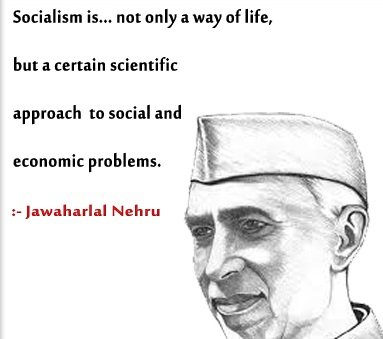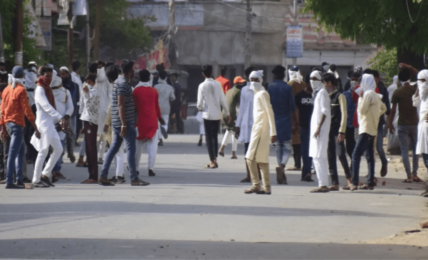Roots of India’s economic Problems
While our governments have been constantly struggling with increasing capital expenditure of the budget, at the same time many inefficient PSUs are sucking money off the taxpayers and have become white elephants. Disinvestment is the way forward. But we also have a thriving protest economy supported by anti-India elements directly targeted to disrupt every reforms and policy of the government with the sole aim of hampering India's economic progress. Enemies of Bharat don't want it to become Atmanirbhar. This protest economy, we have to destroy and dismantle. Andolanjeevis, your time's up.





Excellent write up, Nehru was a Islamist and communist radical all rolled into one. The moot question is do Hindus know how to fight back and are Hindus going to fight back. what is happening today is nothing as compared to what needs to be done.
Muslims have built deep support bases inside the Media, TV, Films, OTT, Production houses, political parties, police force, bureaucracy, Radio, Private sector and this is a significant loss for Hindus. The weakness is that we Hindus are giving an emotional response, very rudimentary, unorganized, almost primitive. What is needed is understanding of technology and information warfare. This can turn the tables on the Islamists very quickly.
Islamists present a very sophisticated face, they are trying to make tremendous effort and go out of the way to show that they are brothers, believe in the constitution, are liberal and believe in egalitarianism